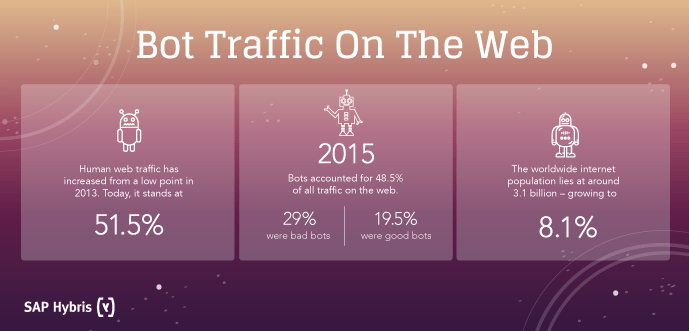Back to the future with chatbots and conversational AI
 Hey, McFly, the future is here. Conversational AI is helping businesses automate customer facing conversations and engagements like customer service and lead generation inquiries.
Hey, McFly, the future is here. Conversational AI is helping businesses automate customer facing conversations and engagements like customer service and lead generation inquiries.
Do you suffer from future lag? I do. Whenever a new technological or scientific breakthrough is mentioned in the press, I get tremendously excited – however, the future of chatbots defies the actions of most laggards.
But there always seems to be a huge gap between these announcements and when the technology actually materializes in the real world. That gap can be decades, centuries or even longer – thousands of years passed between the invention of the wheel and the creation of the wheelbarrow.
Research firm Gartner charts these gaps in a system it calls the Hype Cycle. The development of a new technology is “triggered” by research, then excitement propels it to a “peak of inflated expectations”, followed by a crash into the “trough of disillusionment”, then a slow rise up the “slope of enlightenment” to the “plateau of productivity”.
I spend a lot of time on the slopes around the peak of inflated expectations. It’s a fun place to be if you like getting excited about new technology. Take AI, for example. A few weeks back I wrote about conversational interfaces and chatbots, which the technology world is obsessed with just about now.
But most bots being used in customer service right now are suffering from future lag—in other words, they’re not quite good enough yet.
A few weeks ago I was buying a video game for my son on a well-known games retailer’s website. In the corner, a window popped up with a software bot asking if I needed any help. Sure, I said, partly because I wanted to see what this bot was capable of. But rather than actually giving me help, it put me into lengthy queue to speak to a human operator. It turned out the bot wasn’t capable of anything.
Happily, that’s changing. More and more services are launching where the main interface is a chatbot – and these new, improved bots are far more capable than their predecessors. How? By focusing on utility over conversation. Instead of trying to convince people they’re speaking to a human, the new generation of bots wear their limitations on their sleeves and instead focus on getting things done. They’re far more effective as a result.

After all, wouldn’t you be annoyed if you thought you were speaking to a human in customer service and it turned out to actually be a robot?
For me, it depends – if my problem was solved, I’d be happy. And probably a little impressed. But if my problem wasn’t solved, I’d be even more annoyed than I otherwise would have been. It would make me question how ‘real’ the company was, and how much empathy they have for their customers.
So I like this new trend of letting bots just be bots. “These machines are not warm and cuddly replacements for the human intellect,” Jared Newman wrote in a great article for Fast Company the other day. “They’re just another set of tools—an evolution of the apps that have served us for years.”